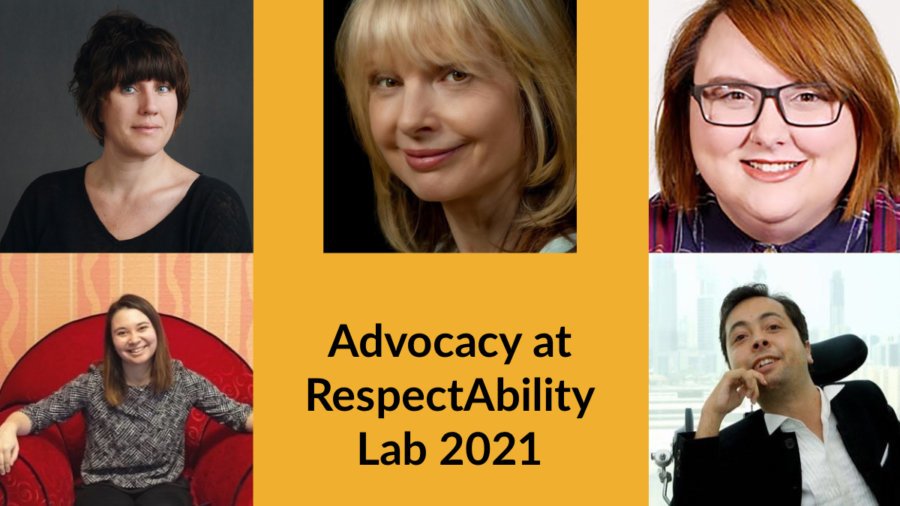Columbia, SC, October 1 – South Carolina must “reduce the attitudinal and physical barriers that hinder full acceptance of people with disabilities,” said South Carolina Governor Henry McMaster in a proclamation marking October as Disability Employment Awareness Month.
Gov. McMaster also recommitted his state to advancing Employment First policies to prioritize employment outcomes for “all working age citizens with disabilities” and recognizing that “a diverse and capable work force” is key to “further advance the economy of the Palmetto State.”
This is an important public commitment for the more than 362,000 working-age people living with disabilities in South Carolina. In the economic expansion prior to the COVID-19 pandemic, South Carolina had a 34.3 percent disability employment rate. By contrast, people without disabilities had an employment rate of 76.8 percent. That means that there is a 42.4 percentage point gap in labor force participation rates between people with and without disabilities. [continue reading…]



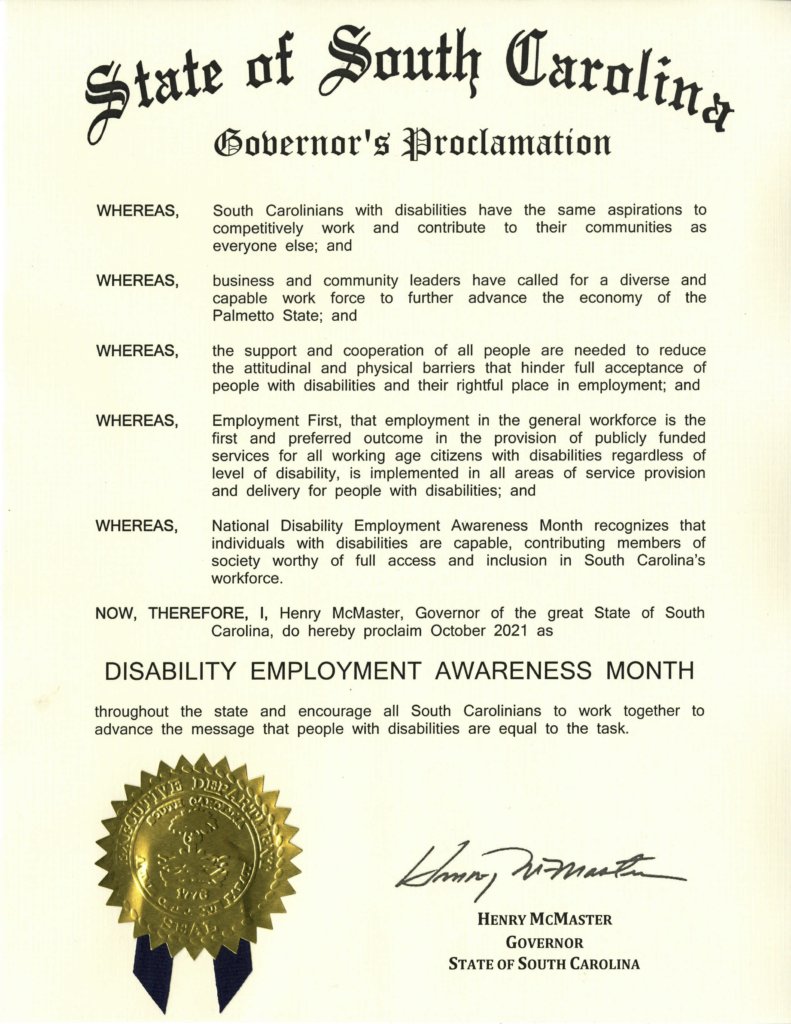

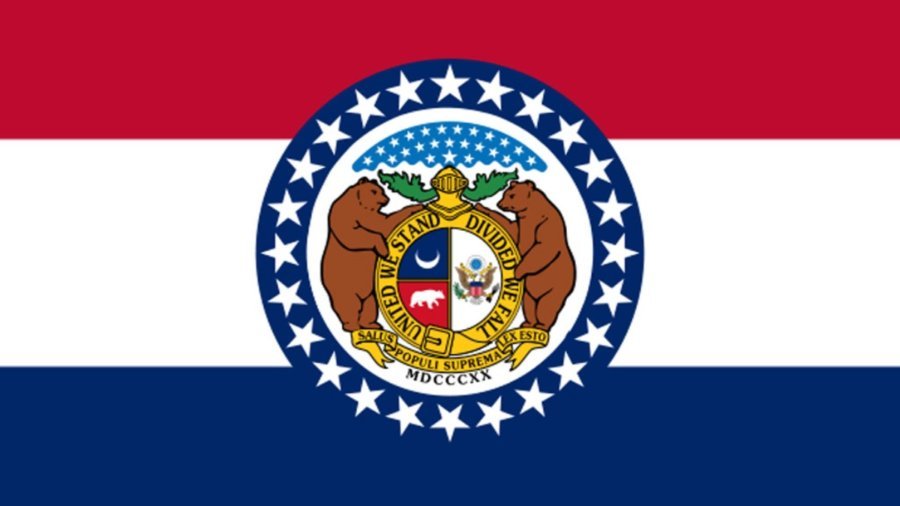
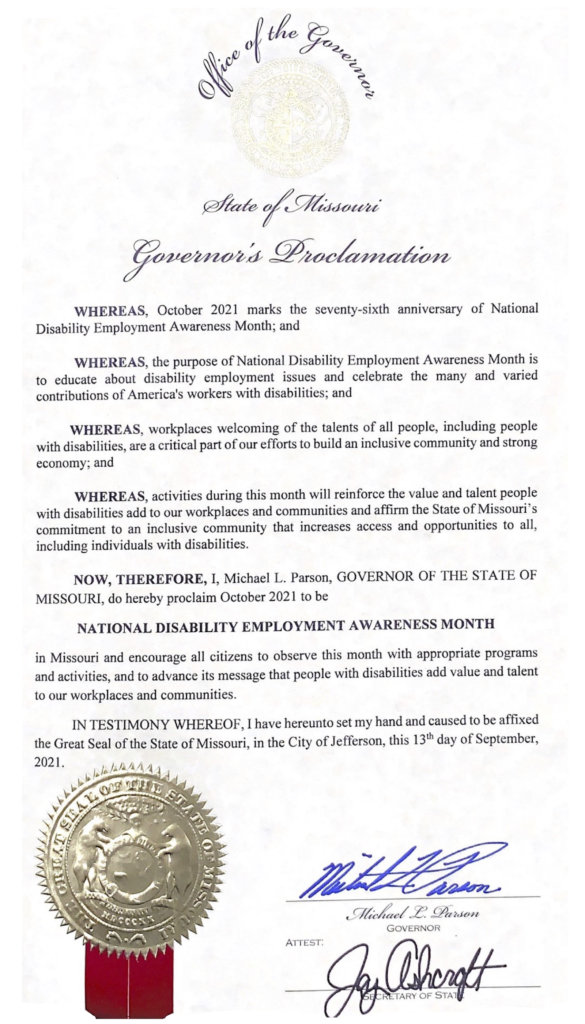

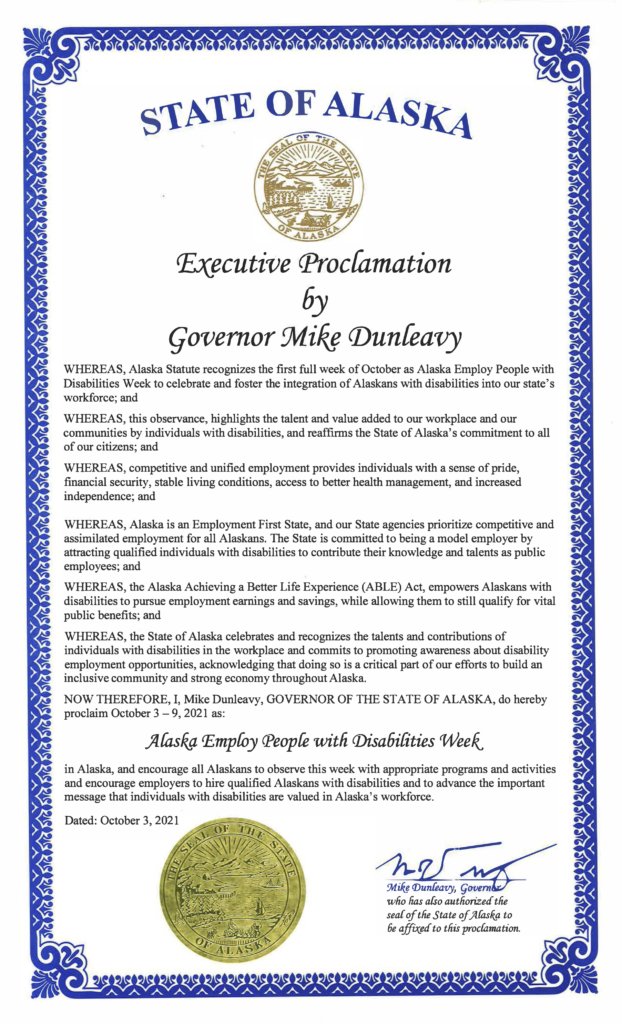
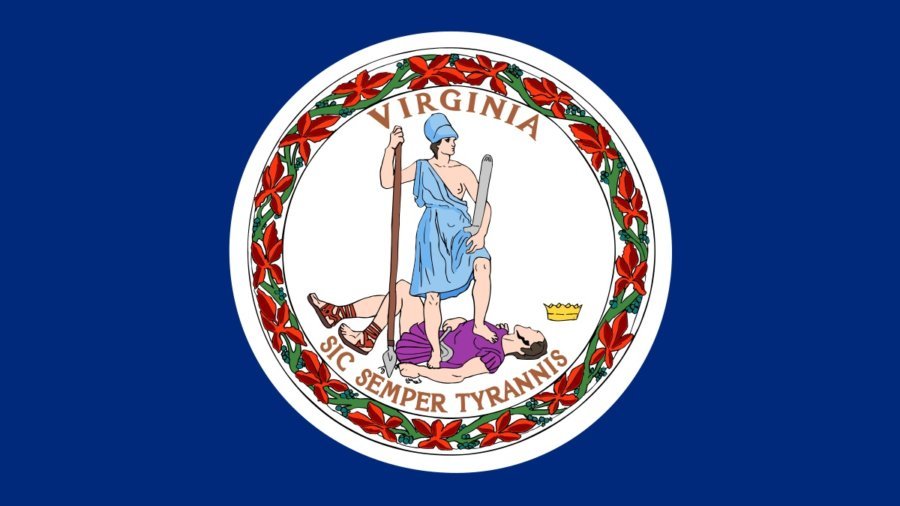
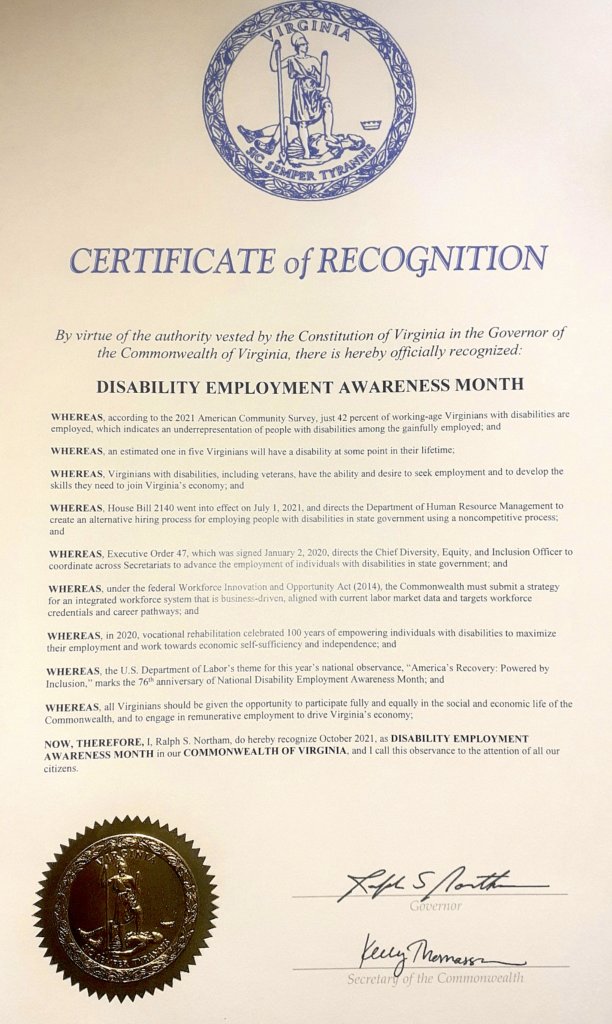

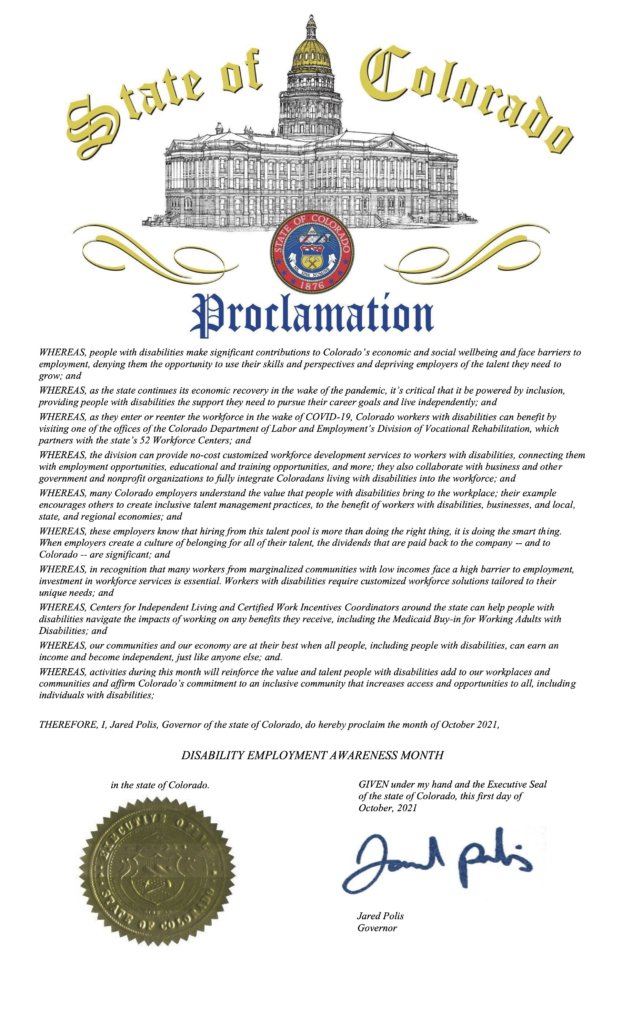

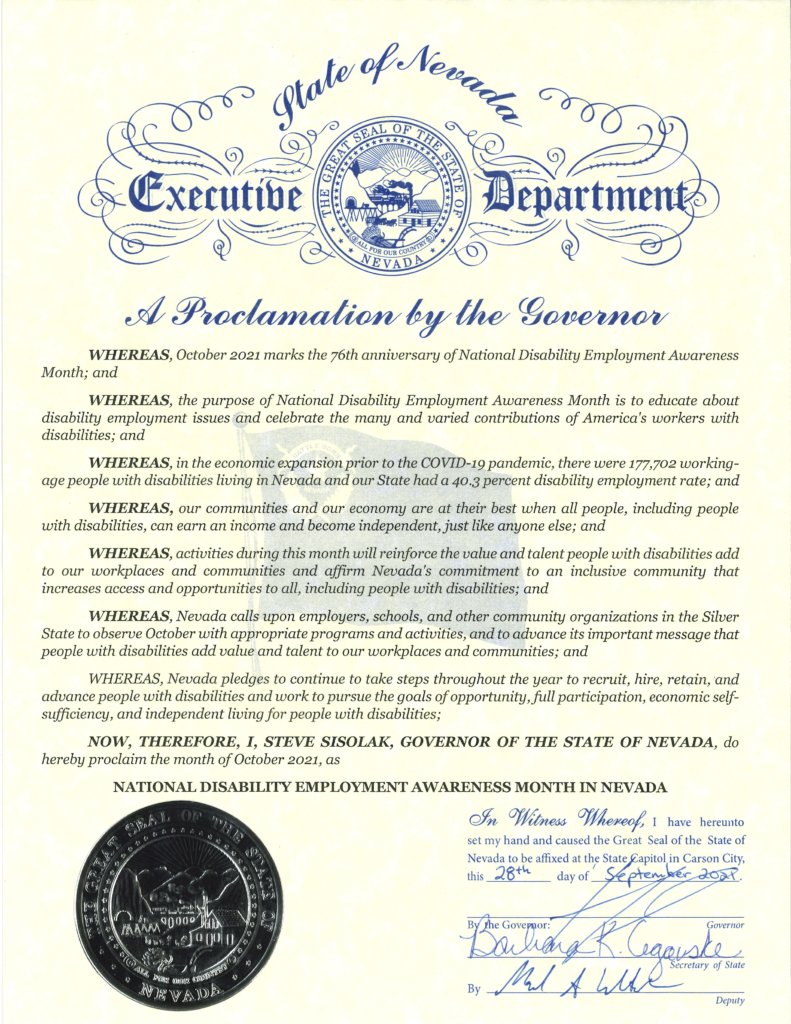
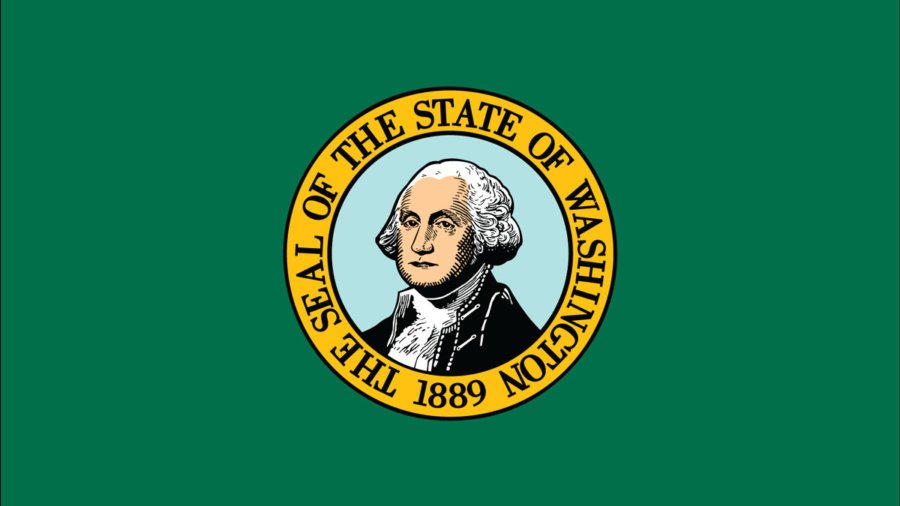
 Denver, CO, September 23 – This week, the Colorado Workforce Development Council (CWDC) met to discuss the status of workforce practices of the Centennial State. In response to this meeting, RespectAbility, a national nonpartisan nonprofit organization, submitted testimony on how to implement best practices, advocate for greater inclusion and improve the standing of people with disabilities in Colorado’s workforce.
Denver, CO, September 23 – This week, the Colorado Workforce Development Council (CWDC) met to discuss the status of workforce practices of the Centennial State. In response to this meeting, RespectAbility, a national nonpartisan nonprofit organization, submitted testimony on how to implement best practices, advocate for greater inclusion and improve the standing of people with disabilities in Colorado’s workforce.